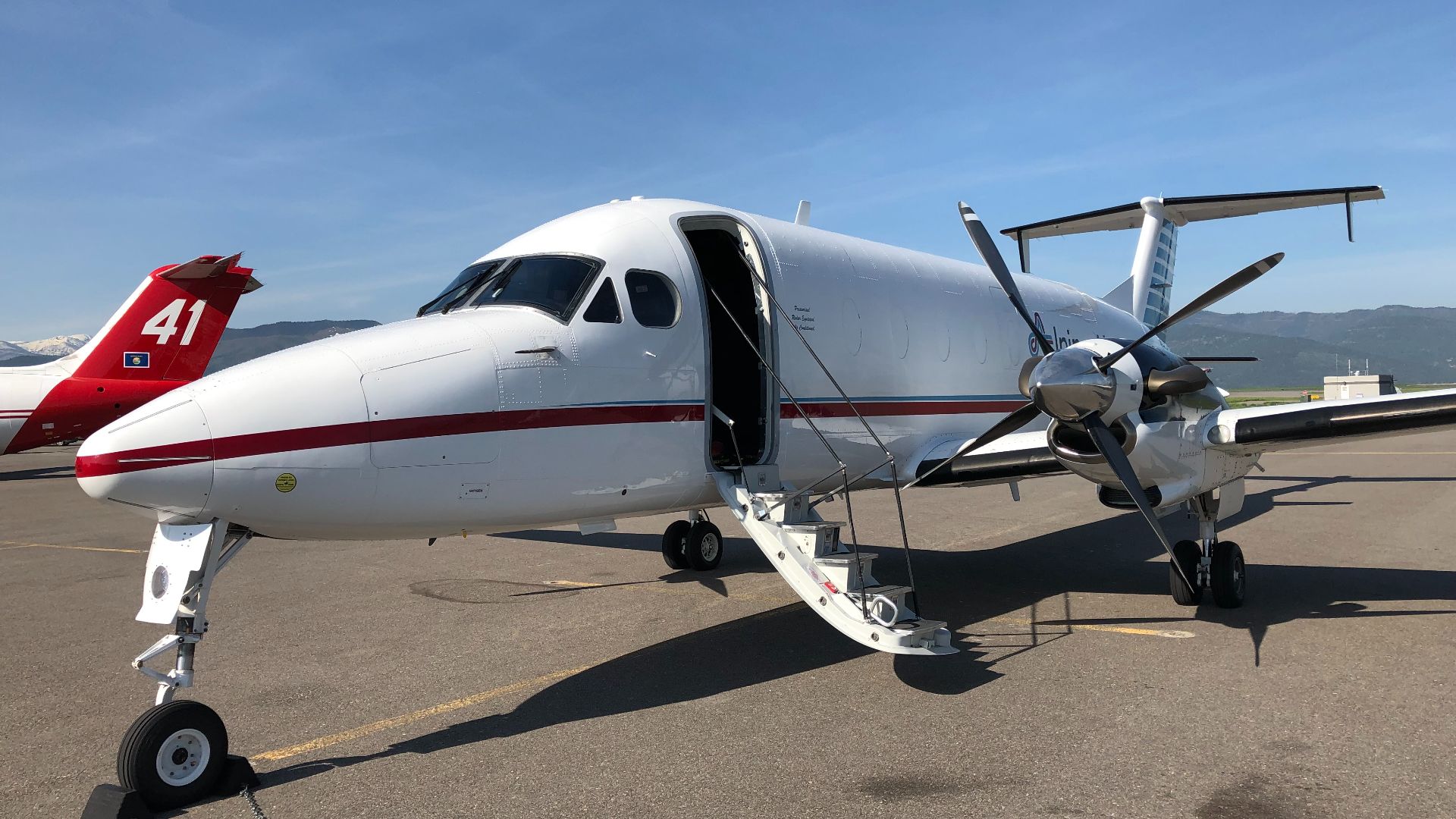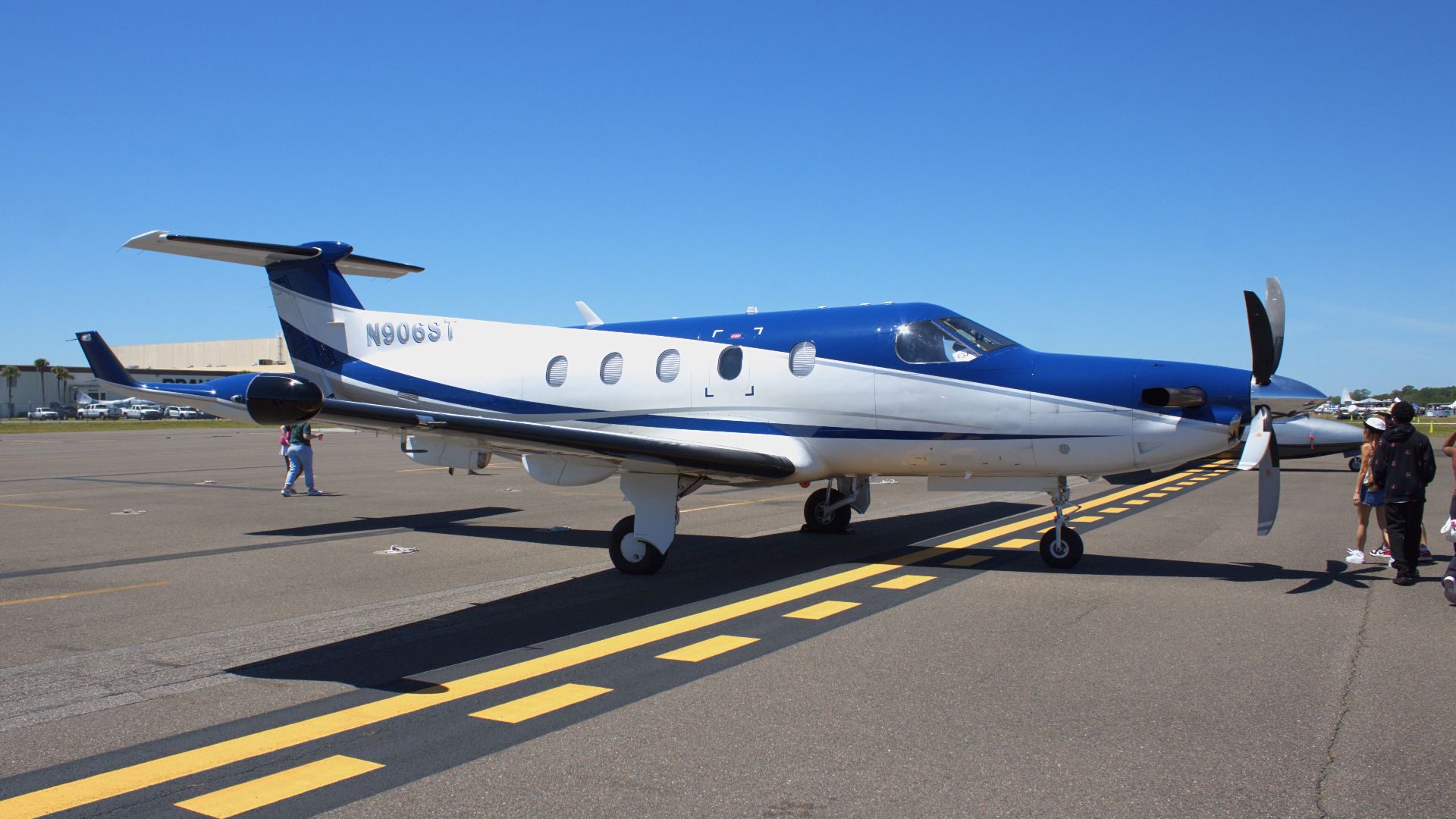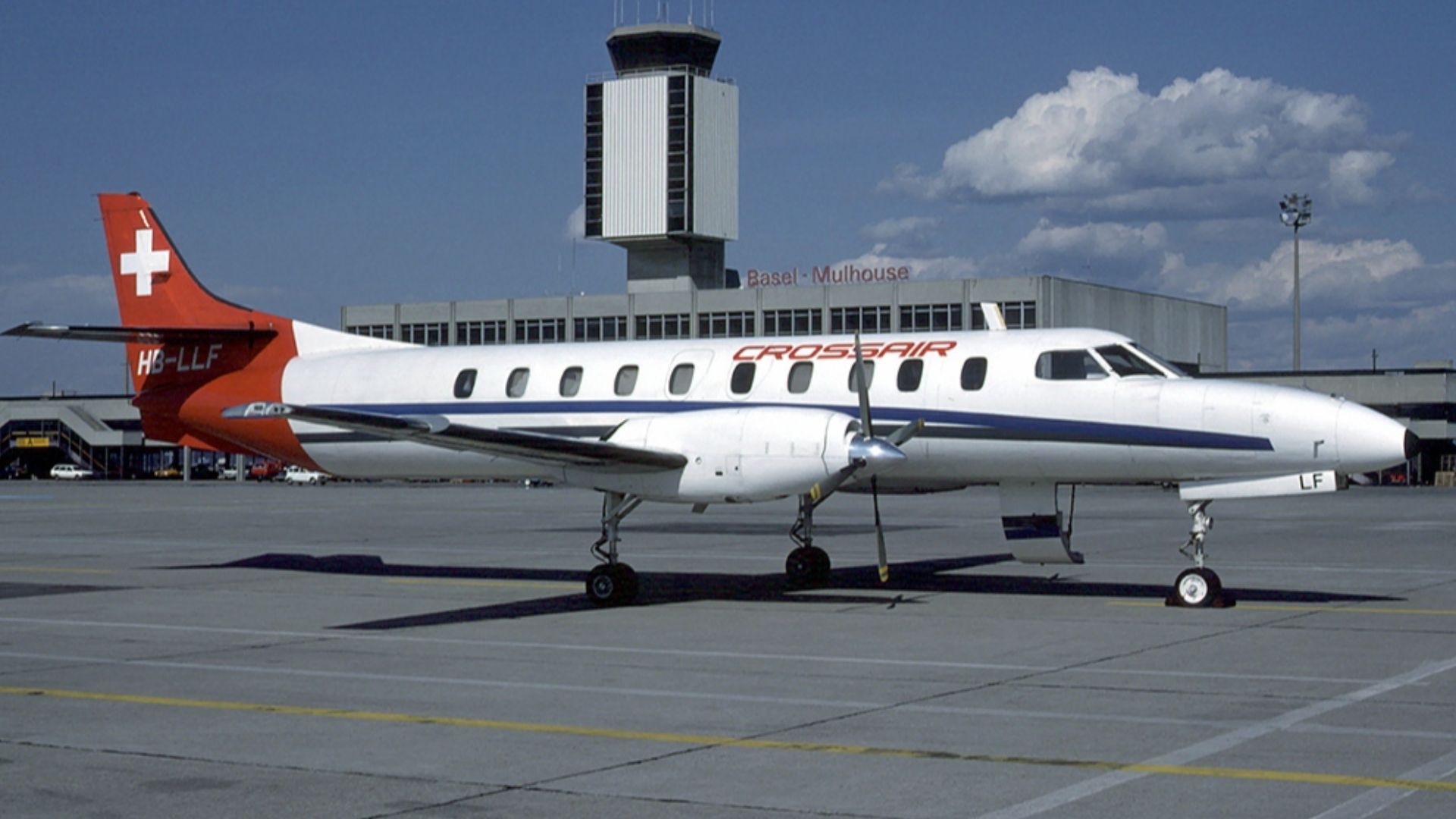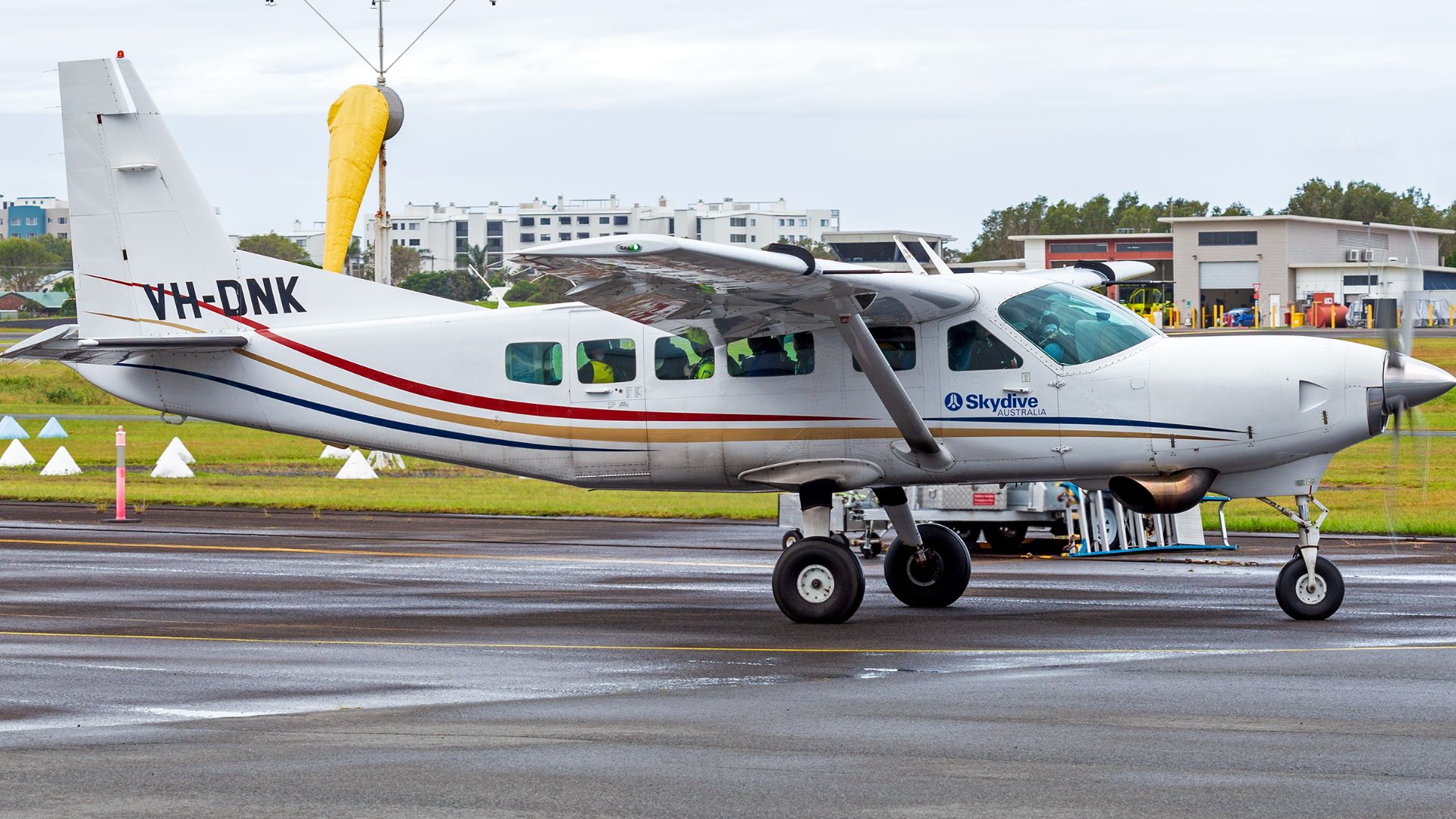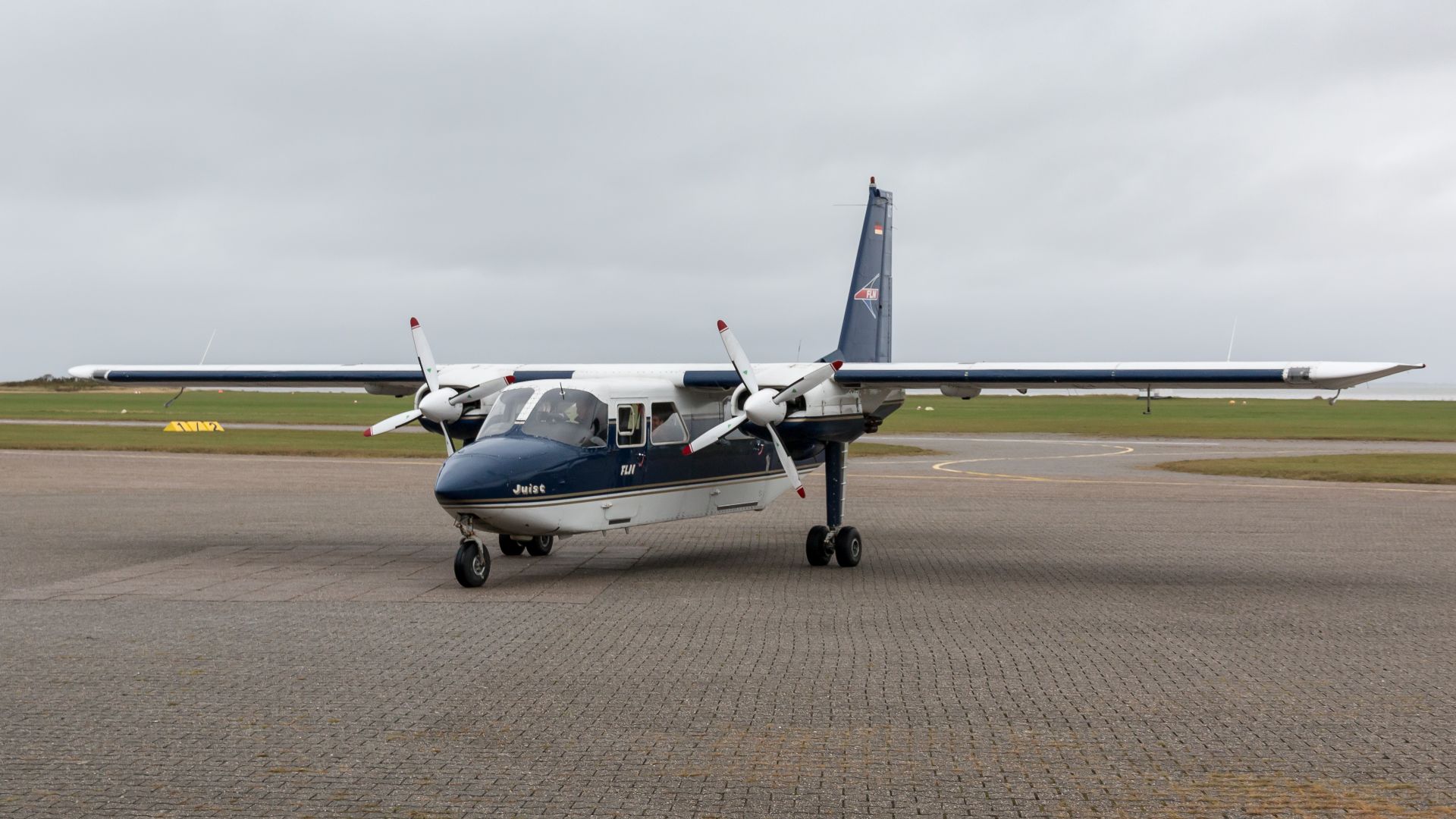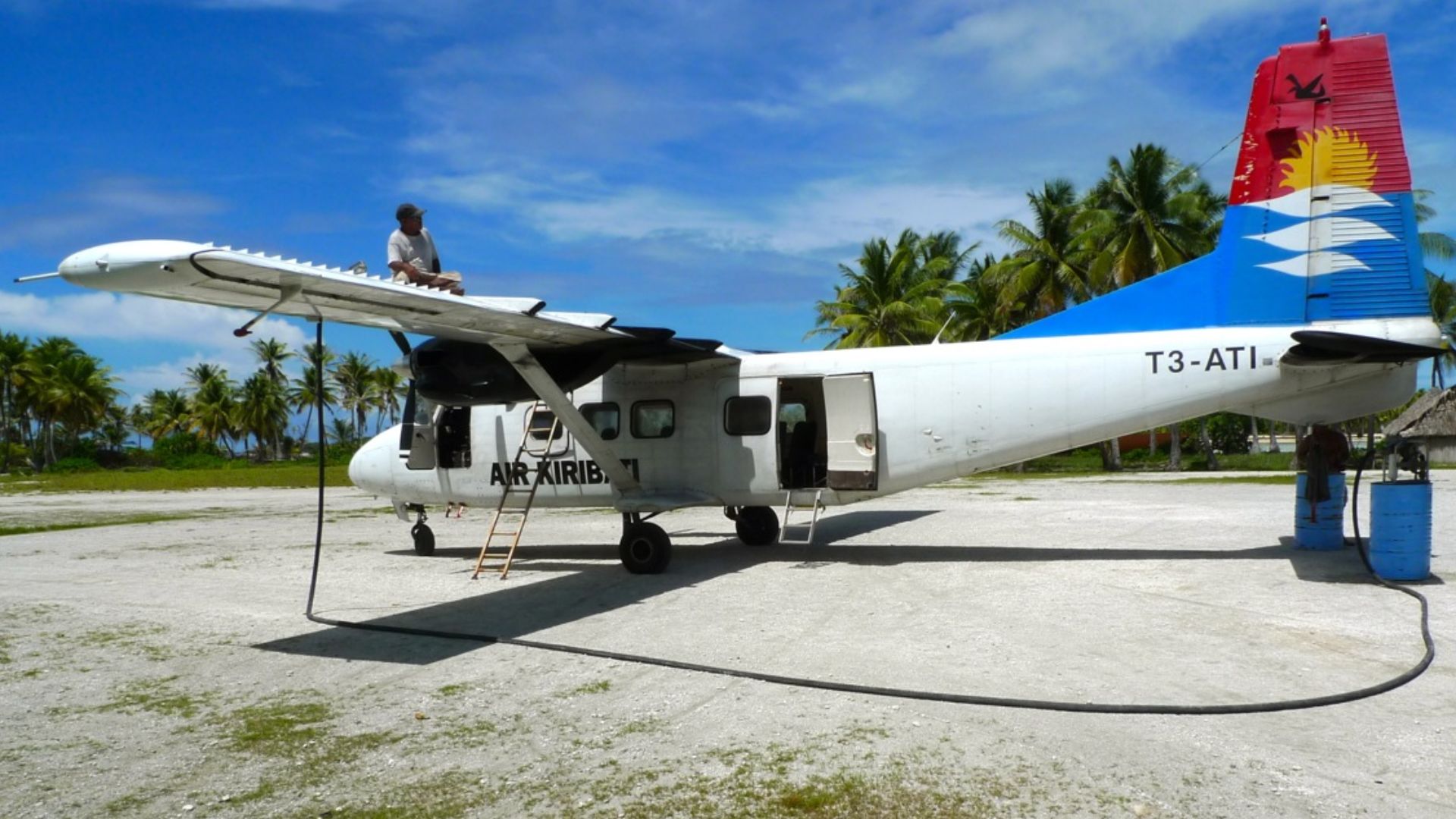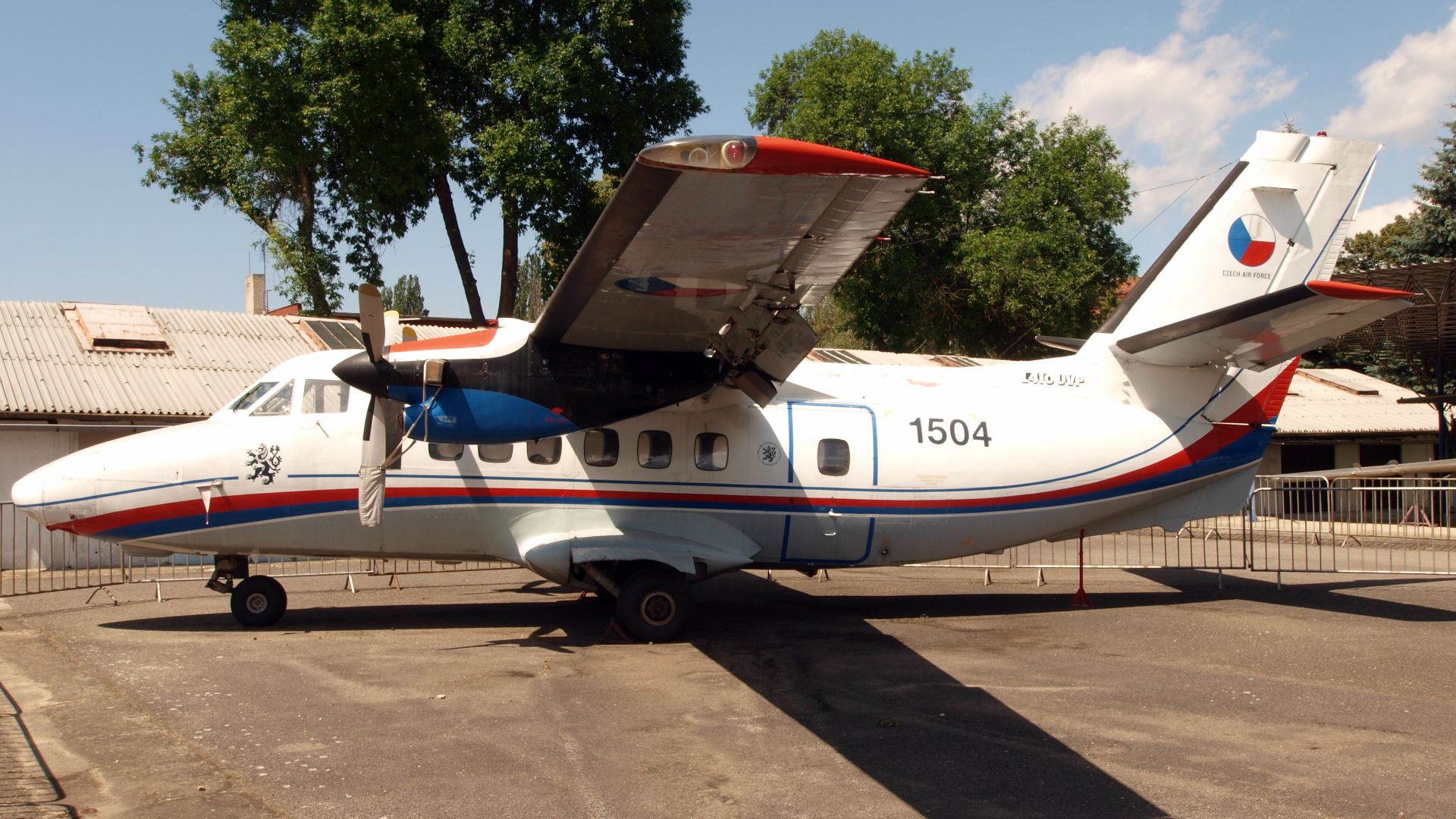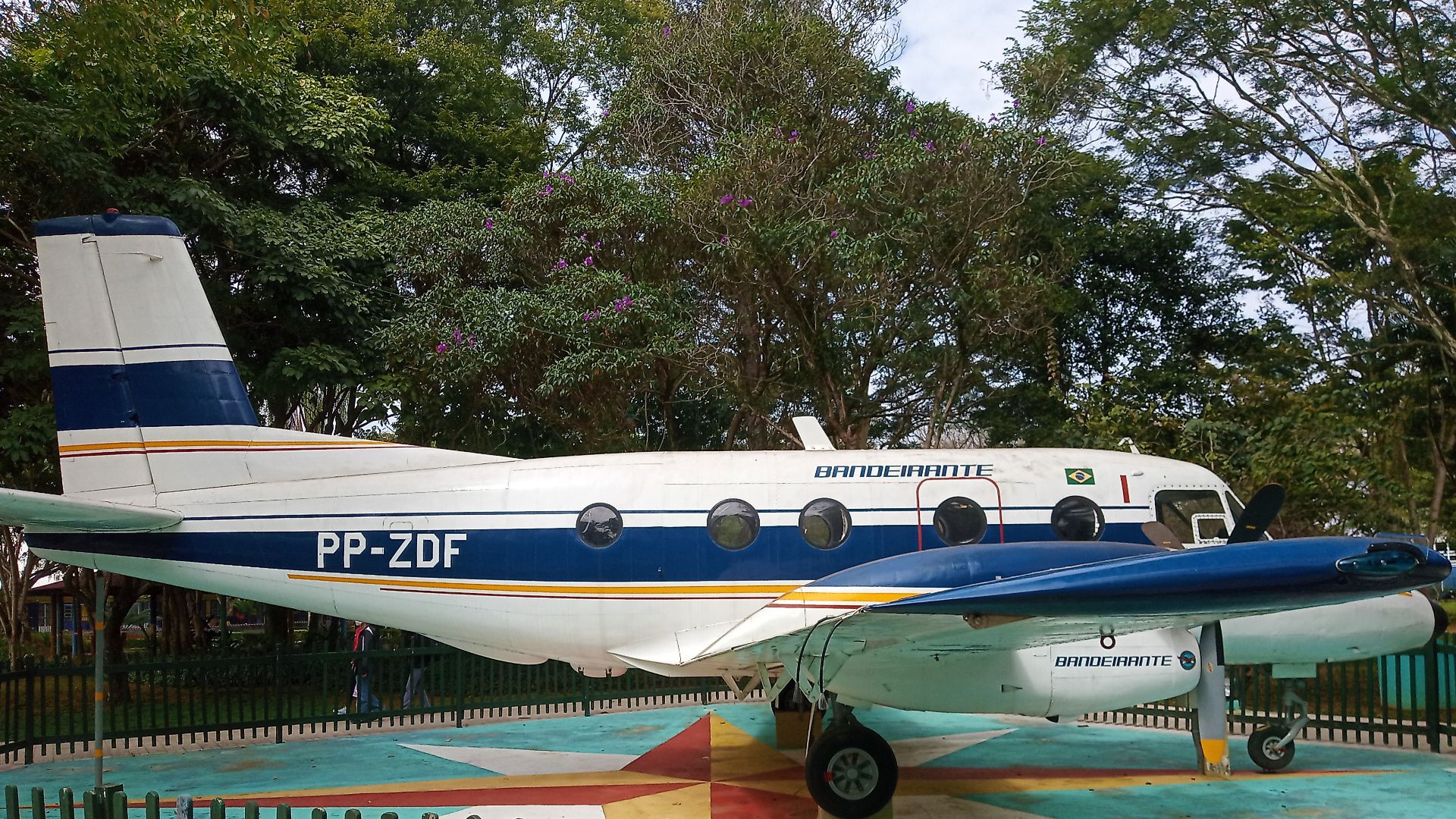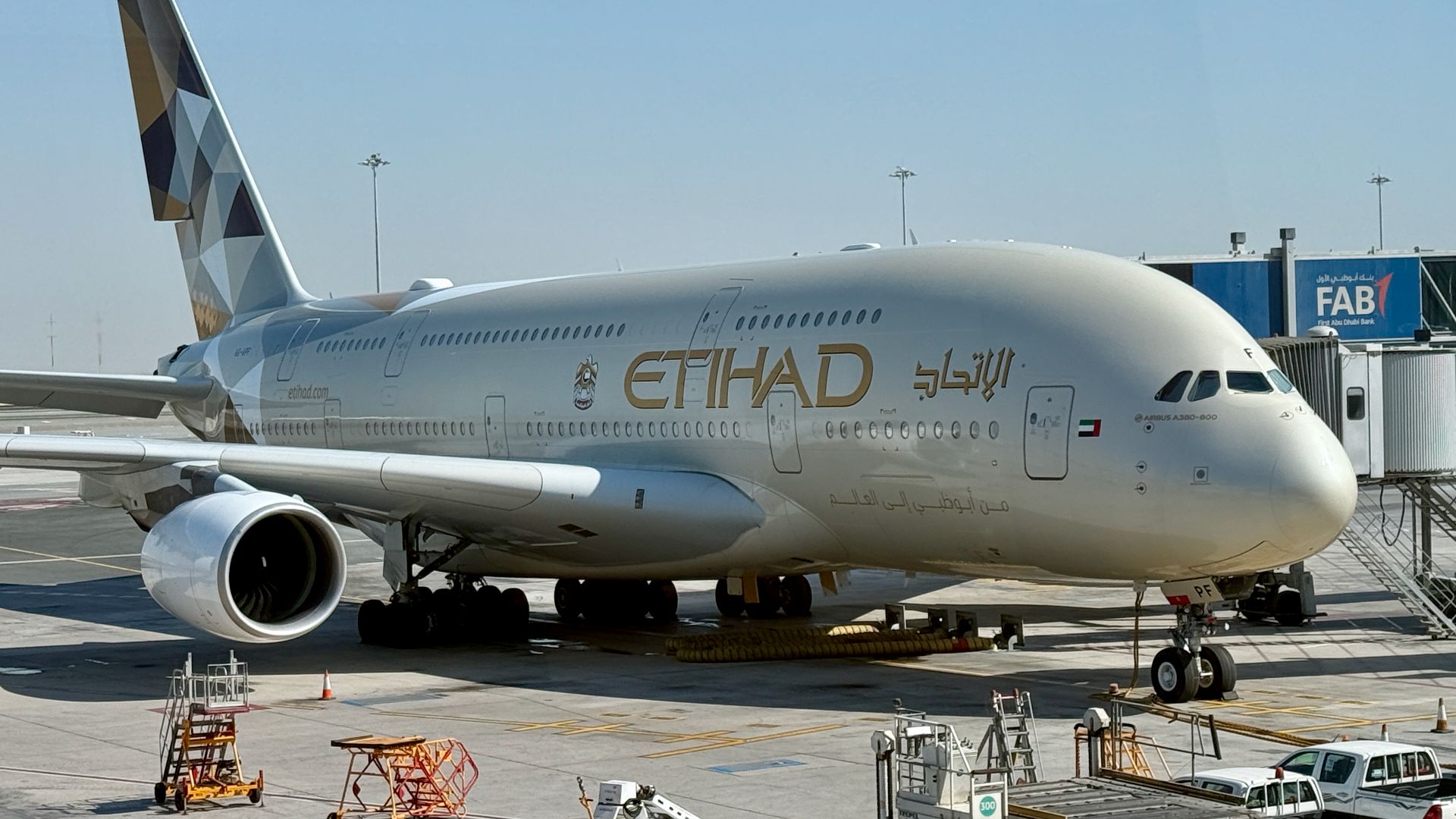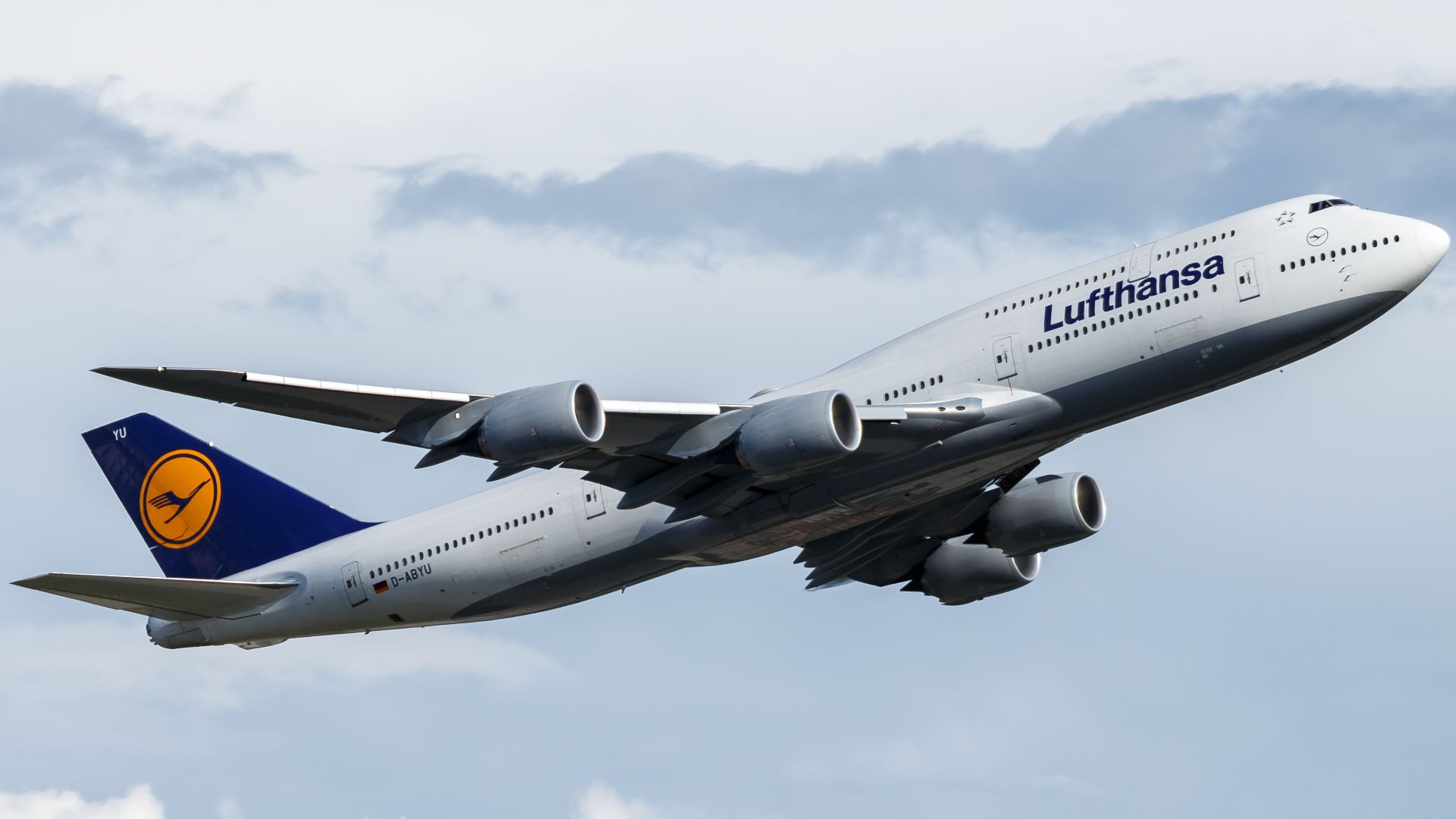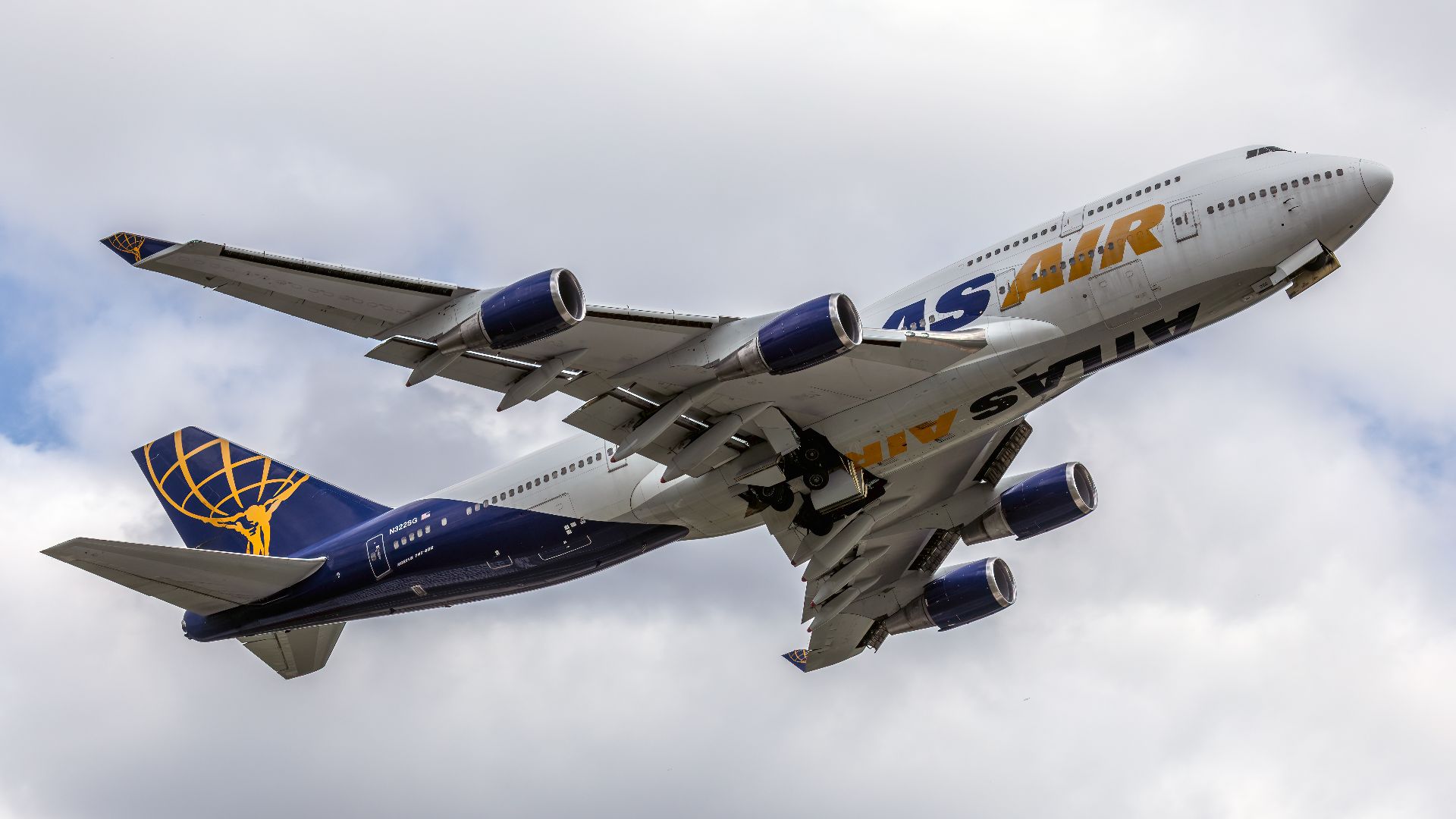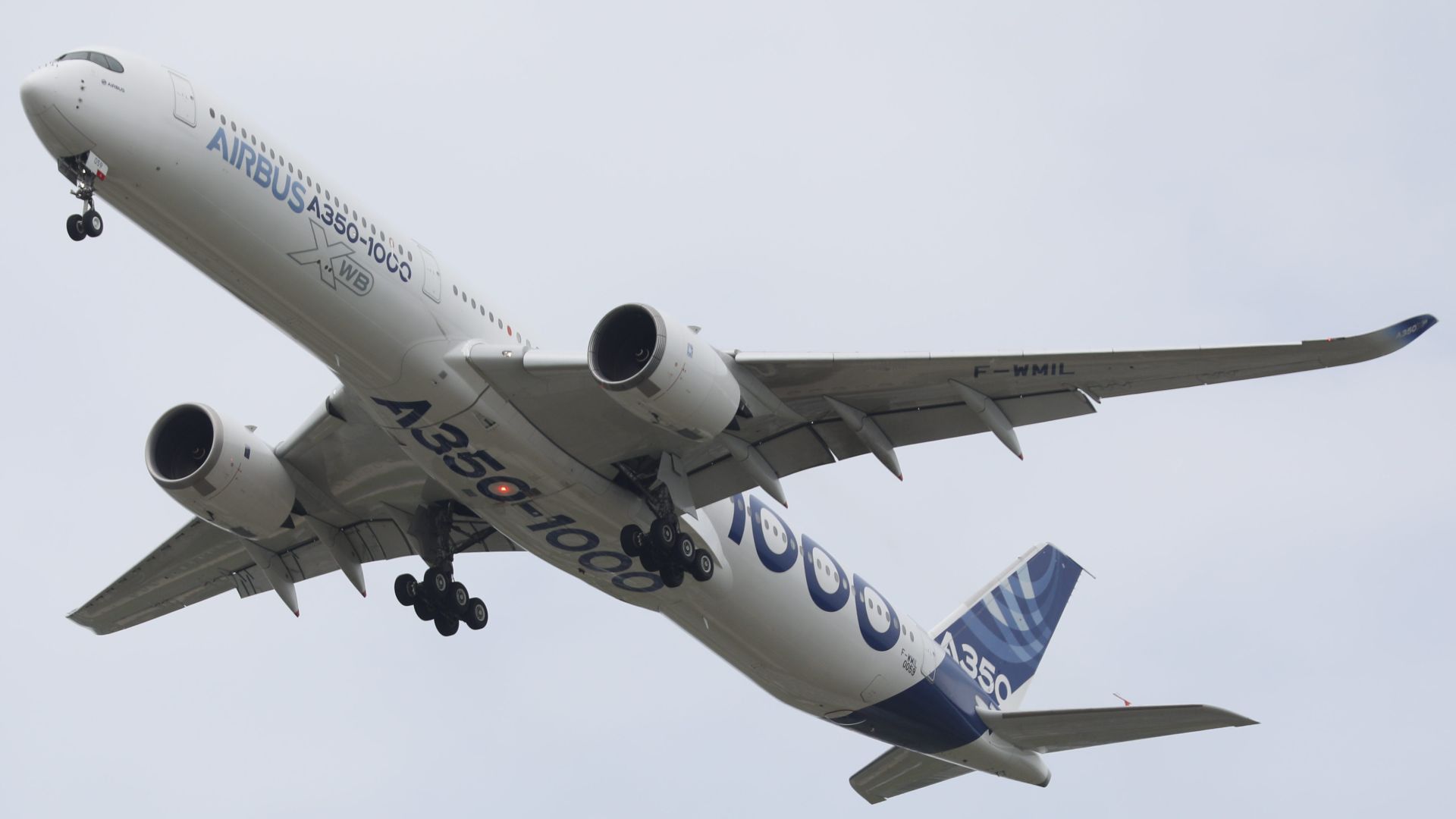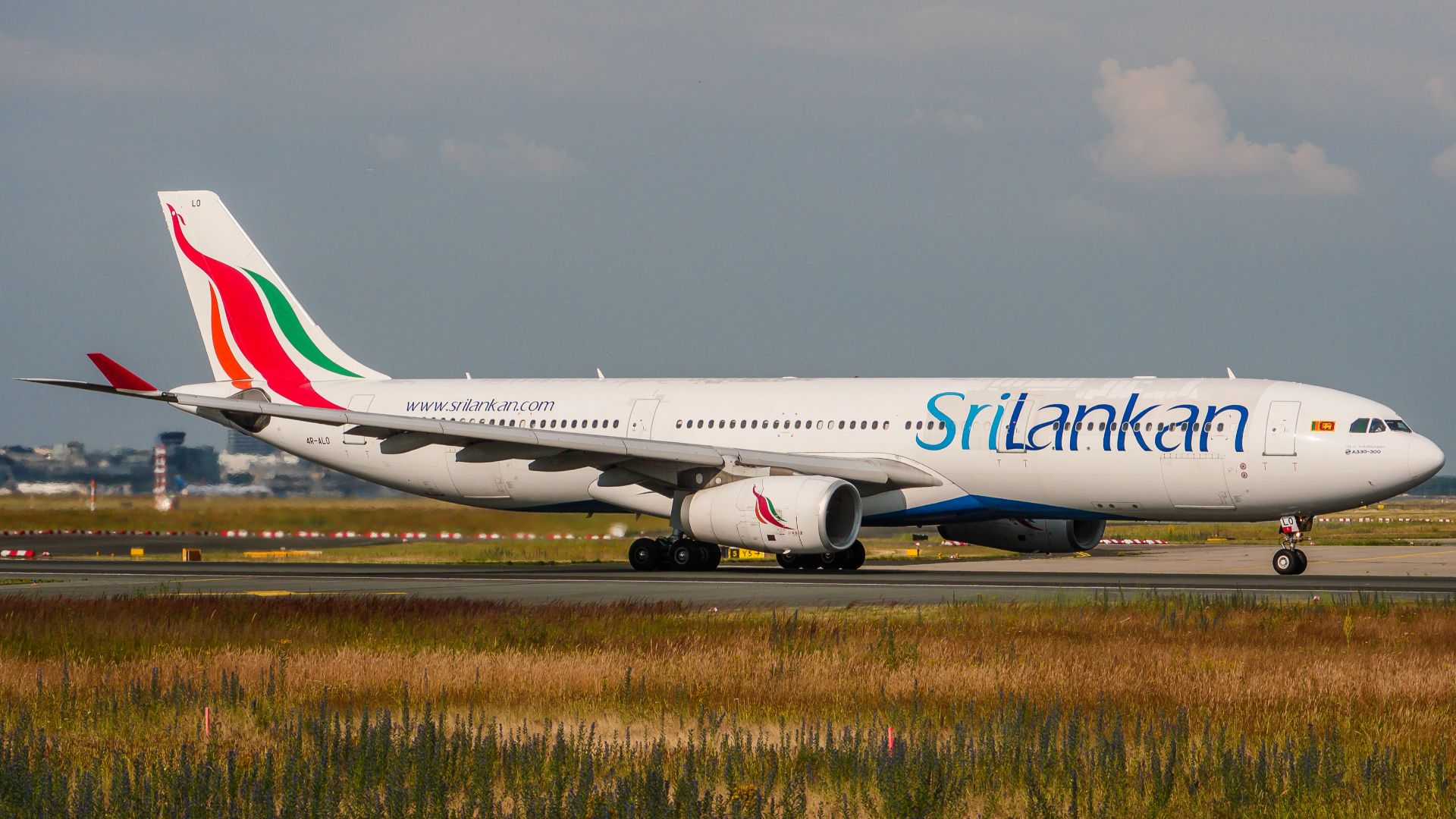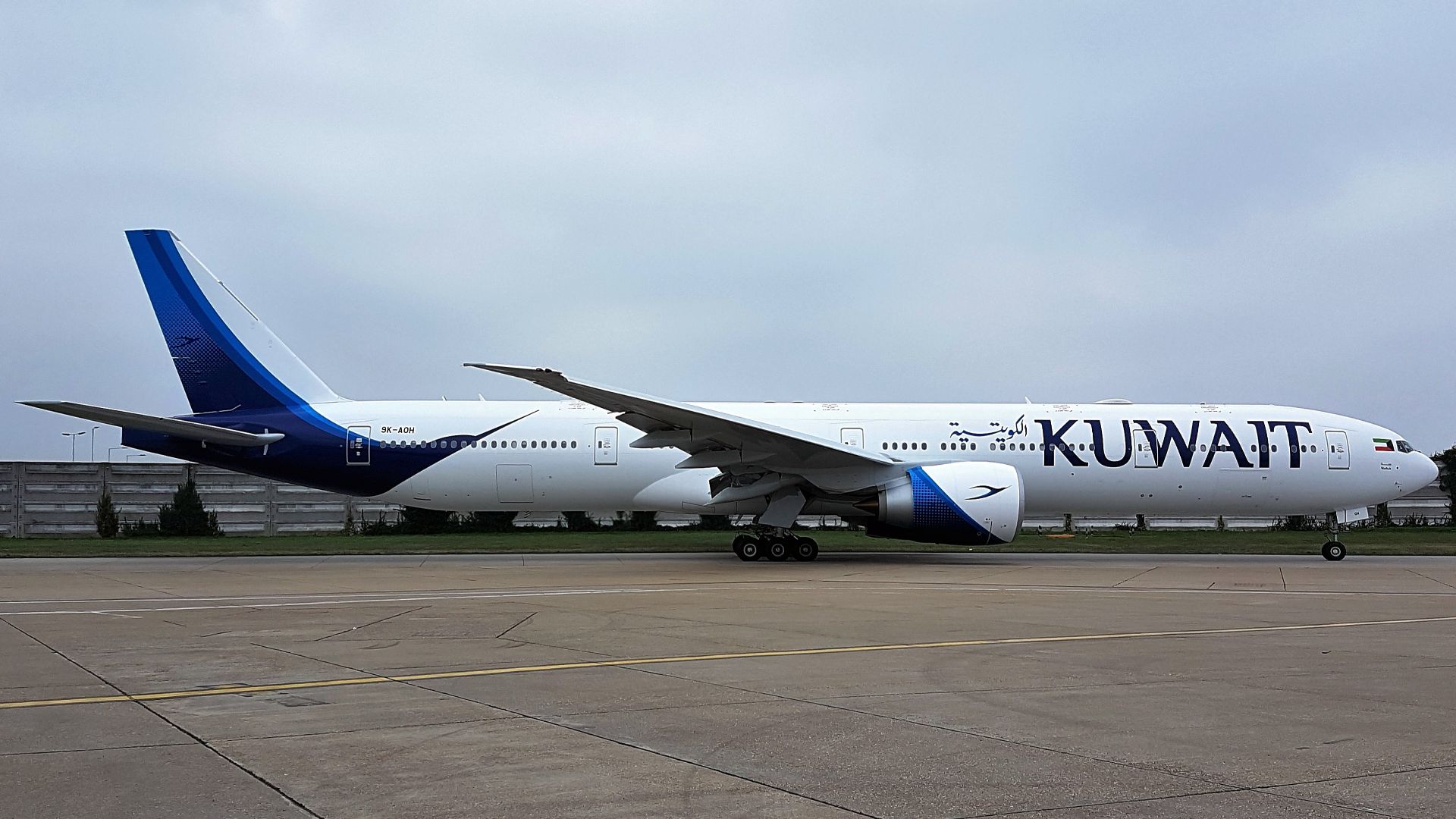Aircraft Size Spectrum
The aviation world thrives on extremes that surprise travelers. Some commercial planes are barely bigger than a bus, designed for quick hops and smaller airports. Others stand so large they become destinations themselves. These differences highlight the flexibility of flight. In this list, we’ll first explore the 10 smallest commercial aircraft before shifting our attention to the 10 largest, where sheer scale changes the very meaning of flying.
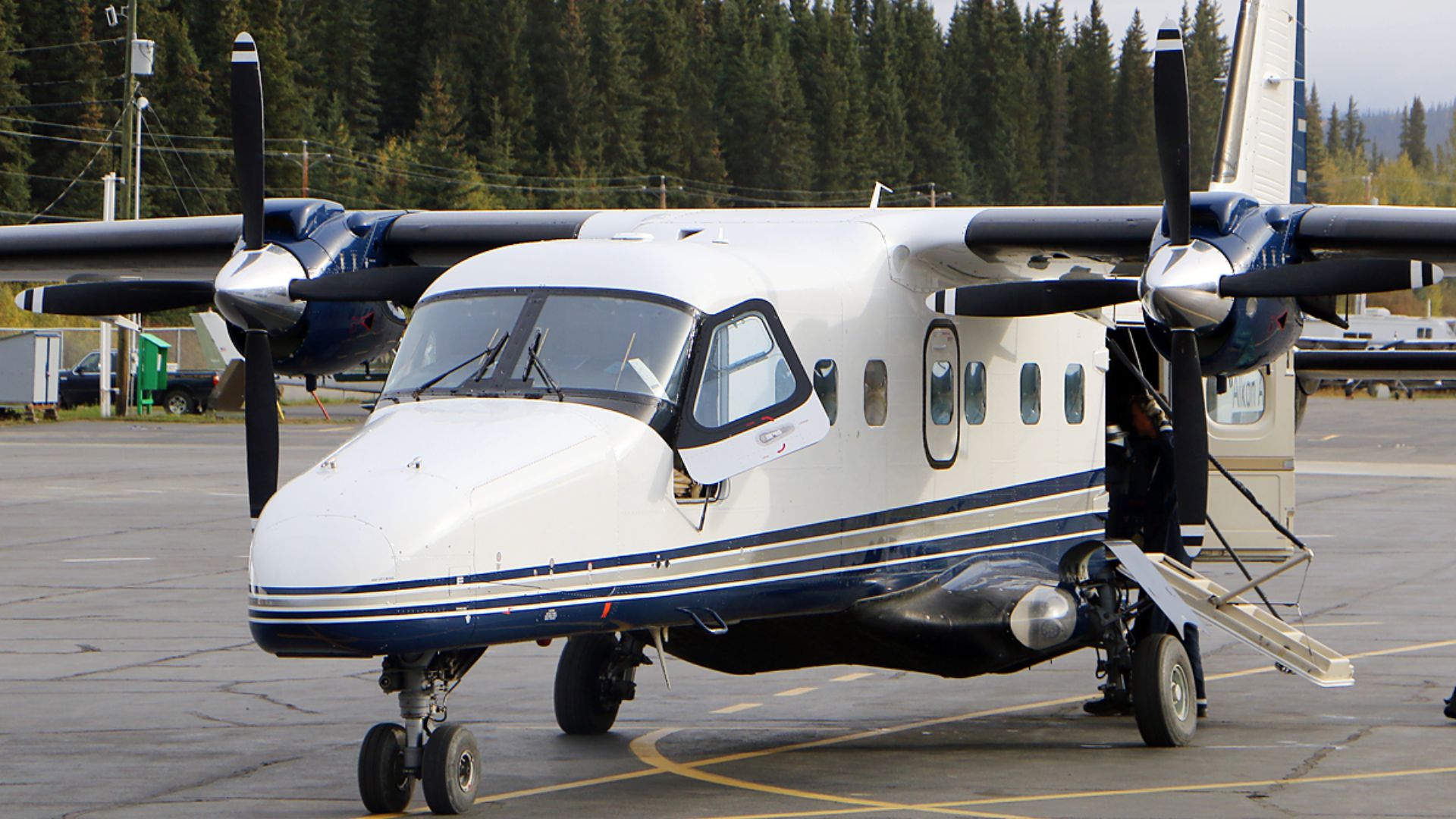 Jeroen Stroes Aviation Photography from Netherlands on Wikimedia
Jeroen Stroes Aviation Photography from Netherlands on Wikimedia
1. Beechcraft 1900D
Airlines in North America leaned on the Beechcraft 1900D for dependable regional links. It was one of the first commuter planes where passengers could walk upright inside. With its 19-seat configuration, the model made frequent short hops smoother for both operators and travelers.
2. Pilatus PC-12
The Pilatus PC-12 carved out a reputation as a do-everything turboprop. Business flyers admired the luxury touches inside, while bush pilots praised its ability to land on dirt strips. Operators valued its efficiency, as nine passengers could be carried in comfort without sacrificing performance.
3. Fairchild Metro III
In the 1980s, Fairchild’s Metro III became a familiar sight for regional airlines. Slim and pressurized, it offered a speed advantage on commuter routes. Pilots liked its balance in the air, and passengers often remembered the unusual tube-like cabin design long after their flight.
4. Cessna Caravan 208
FedEx relied on the Cessna Caravan for overnight deliveries across smaller cities. Amphibious versions even touched down on lakes, showing how adaptable the design could be. Depending on the layout, about a dozen passengers could board, though many operators used it for freight instead.
5. Dornier 228
Germany’s Dornier 228 balances versatility with toughness, excelling in rugged conditions. It holds roughly 19 passengers and features short takeoff and landing capability. Civil operators and militaries adopted it and marked its reputation as a reliable workhorse for regional connections.
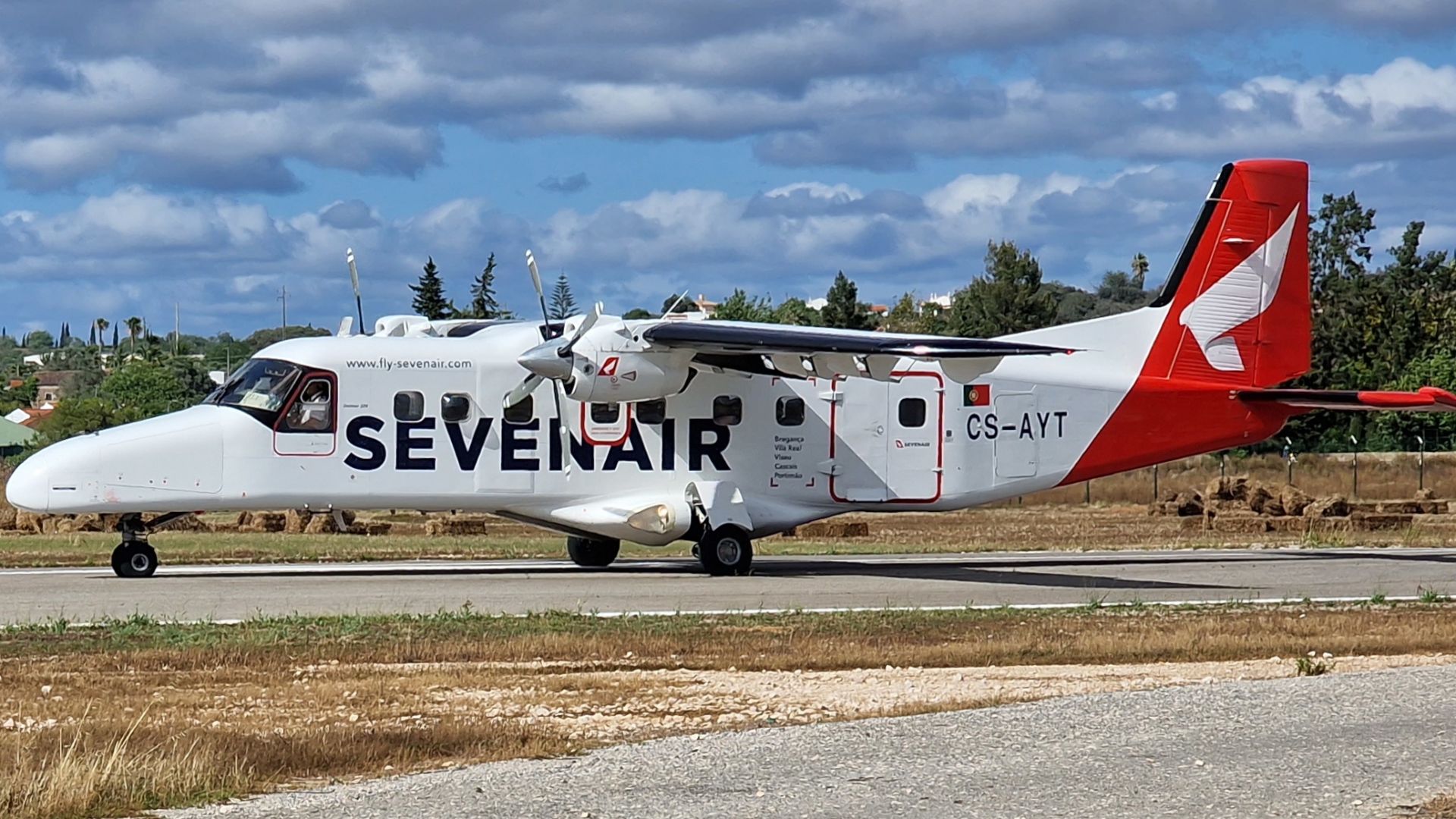 Robbie Klinkenberg on Wikimedia
Robbie Klinkenberg on Wikimedia
6. Britten-Norman Islander
Island-hopping travelers tend to meet the Britten-Norman Islander, a light aircraft holding up to nine passengers. Its twin piston engines and simple design keep it in service worldwide. Remarkably, production has continued since the 1960s, a rare achievement in aviation longevity.
7. Harbin Y-12
China’s Harbin Y-12 evolved into a reliable short-haul performer. Seating about 17 passengers, this high-wing turboprop delivers strong lift and stability. Civil airlines and military operators across Asia and beyond still trust it for efficient and practical missions.
8. Short SC.7 Skyvan
Nicknamed the “flying shoebox,” the British Short Skyvan carried about 19 passengers. Its box-shaped fuselage and rear ramp gave it a distinctive look. Beyond scheduled flights, the aircraft became a favorite for skydiving operations thanks to its wide doors and steady flight qualities.
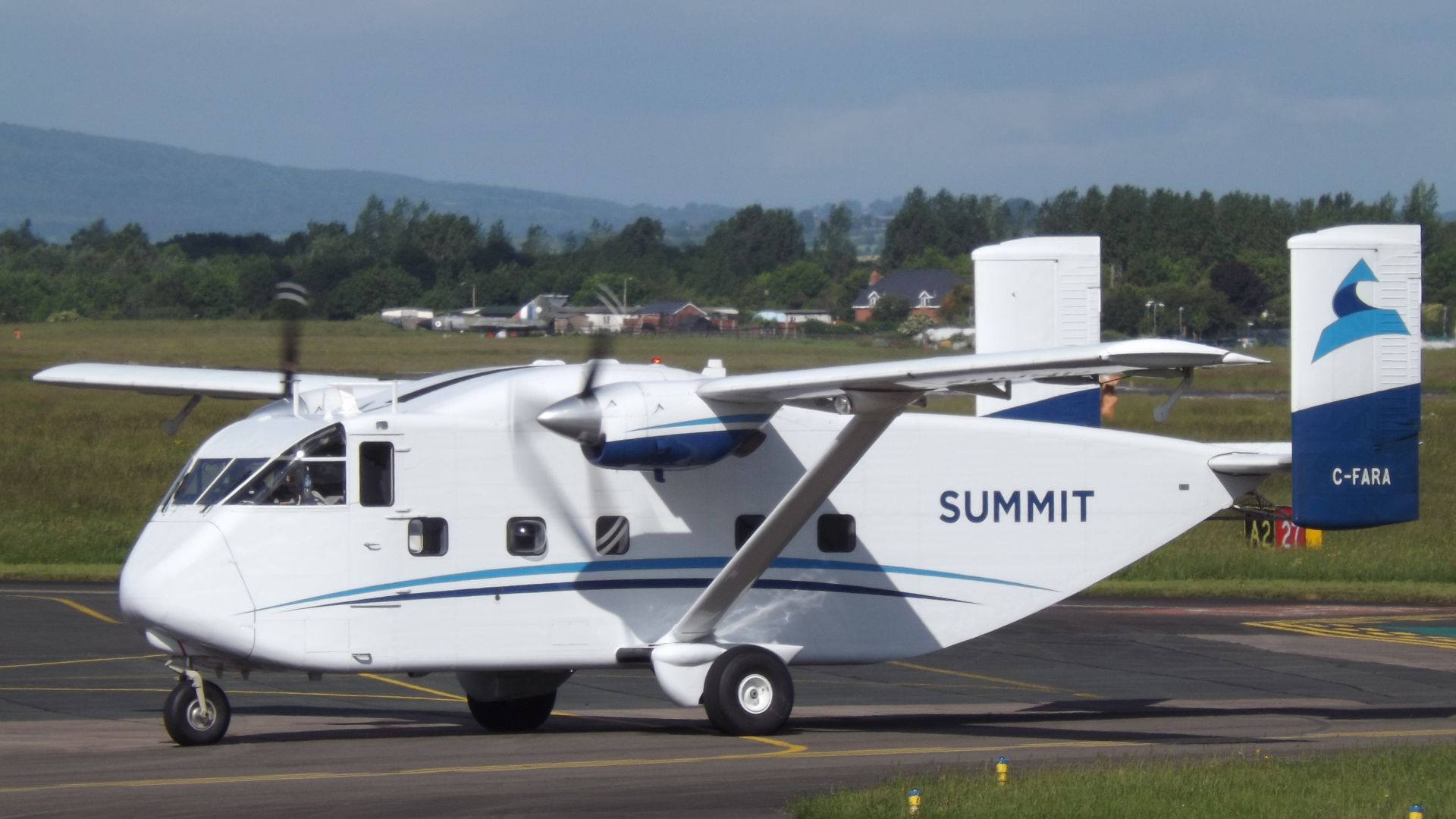 James from Cheltenham, Gloucestershire on Wikimedia
James from Cheltenham, Gloucestershire on Wikimedia
9. Let L-410 Turbolet
This Czech twin-turboprop thrives on short runways, making it perfect for remote airstrips. With over 1,200 produced, it remains widely used across Africa and Europe. Built since the 1960s, the aircraft carries about 19 people. Operators prize its ruggedness and dependable handling.
10. Embraer EMB 110 Bandeirante
Embraer’s first commercial success, the EMB 110 Bandeirante, means “pioneer” in Portuguese. Seating up to 21 passengers, it entered airline service in 1973. Designed for Brazil’s vast interior, Bandeirante became a dependable feeder aircraft, shaping Embraer’s future in regional aviation.
Now that we’ve seen the smallest planes squeeze through the skies, here come the largest aircraft carrying thousands across the globe.
1. Airbus A380
The A380 towers above the rest with its double-deck design, capable of carrying more than 800 passengers when packed tightly. Airlines once marketed their in-flight lounges and bars as the ultimate luxury. Aviation circles simply call it the “superjumbo.”
2. Boeing 747-8 Intercontinental
With its extended fuselage, Boeing 747-8 Intercontinental is the longest passenger jet in service. Often remembered as the “Queen of the Skies,” it represents the last version of the iconic jumbo line. The plane comfortably carries about 467 travelers.
3. Boeing 747-400
When it launched in 1989, the 747-400 became the best-selling model in the jumbo family. A full economy layout can handle roughly 660 passengers. Even though newer designs dominate, some airlines still fly this classic across major international routes.
4. Airbus A350-1000
The sleek A350-1000 is built for efficiency with composite-heavy construction. Airlines typically configure it for 350–410 passengers. Known for its quiet cabins and impressive range, this Airbus has quickly become a favorite for long-haul flights across global airline fleets.
5. Boeing 787-10
Airlines flying medium and long-distance routes often choose the Boeing 787-10. Its extended fuselage and high-performing wing design mark it as the flagship of the Dreamliner series. With space for around 330 people, the 787-10 emphasizes fuel efficiency through lighter construction.
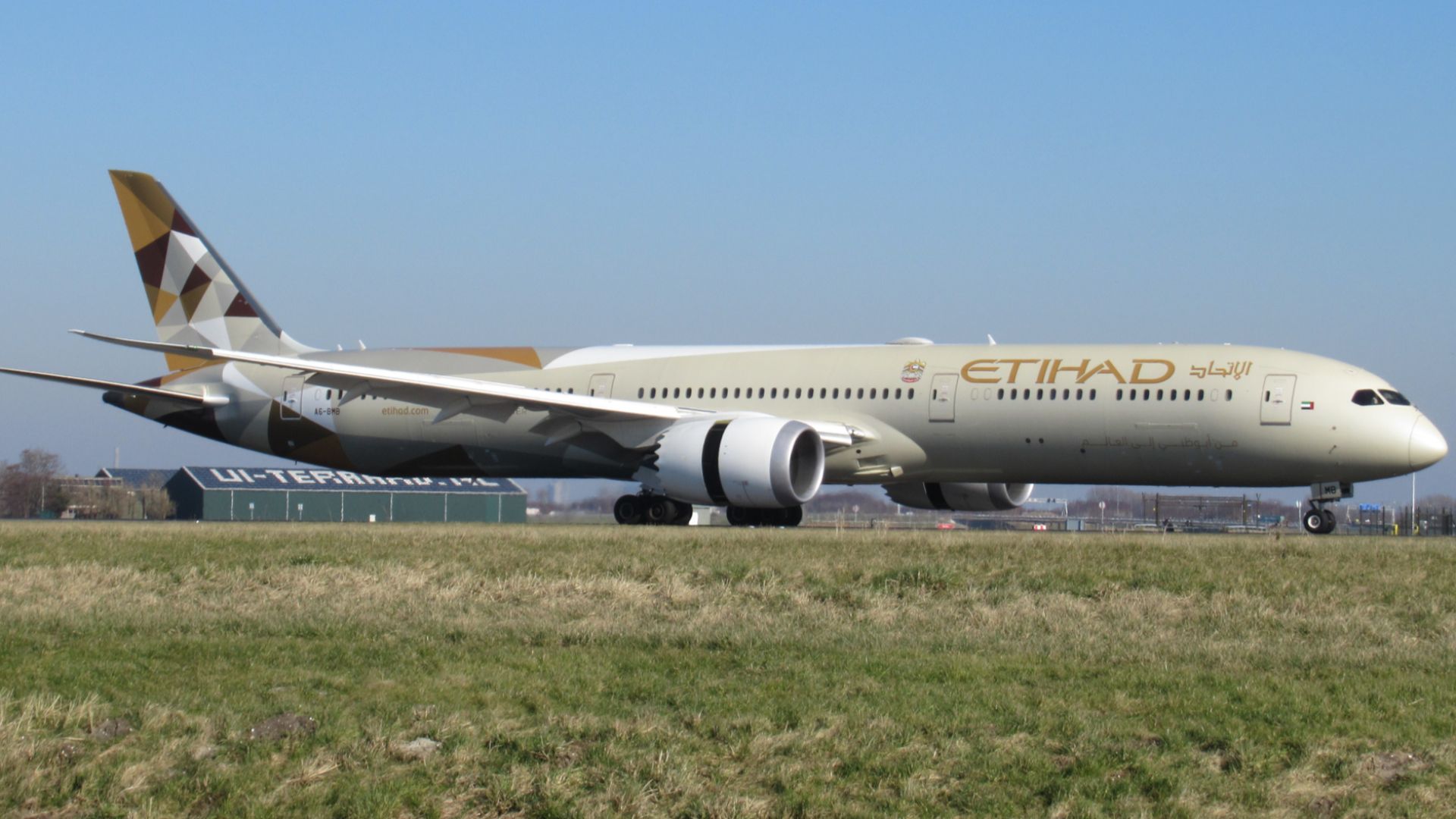 Robbie Klinkenberg on Wikimedia
Robbie Klinkenberg on Wikimedia
6. Airbus A330-900 (neo)
A 14 percent boost in fuel economy came from the Airbus A330-900’s upgraded wings and advanced engines. Typically configured for 440 seats, it remains a dependable widebody. The design ensured Airbus could keep the A330 platform competitive in modern markets.
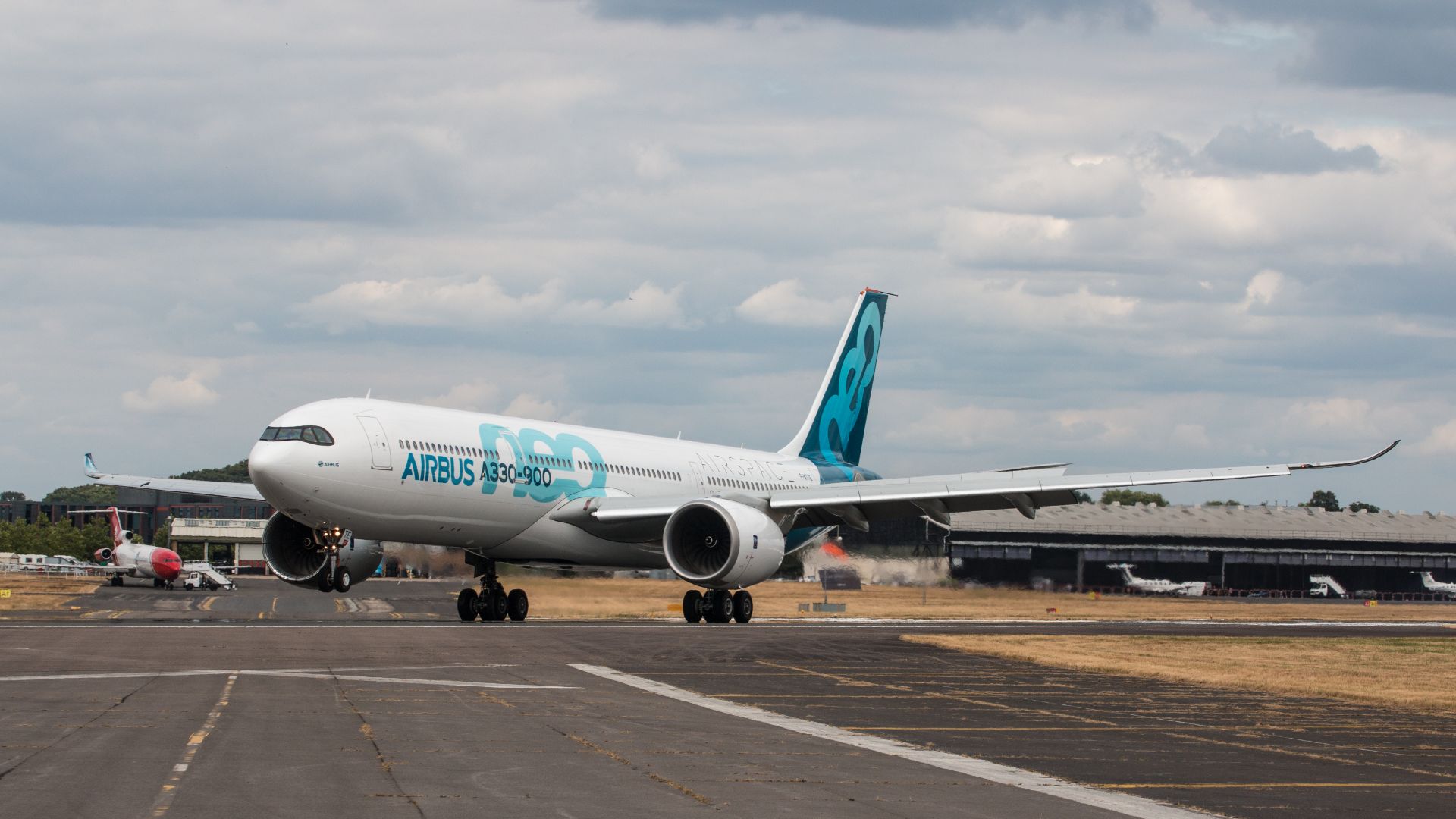 Steve Lynes from Sandshurst, United Kingdom on Wikimedia
Steve Lynes from Sandshurst, United Kingdom on Wikimedia
7. Airbus A340-600
Before the arrival of the 747-8, the A340-600 held the record as the world’s longest jet. It seats close to 380 travelers, powered by four Rolls-Royce Trent 500 engines. Airlines originally turned to it for ultra-long-haul journeys across continents.
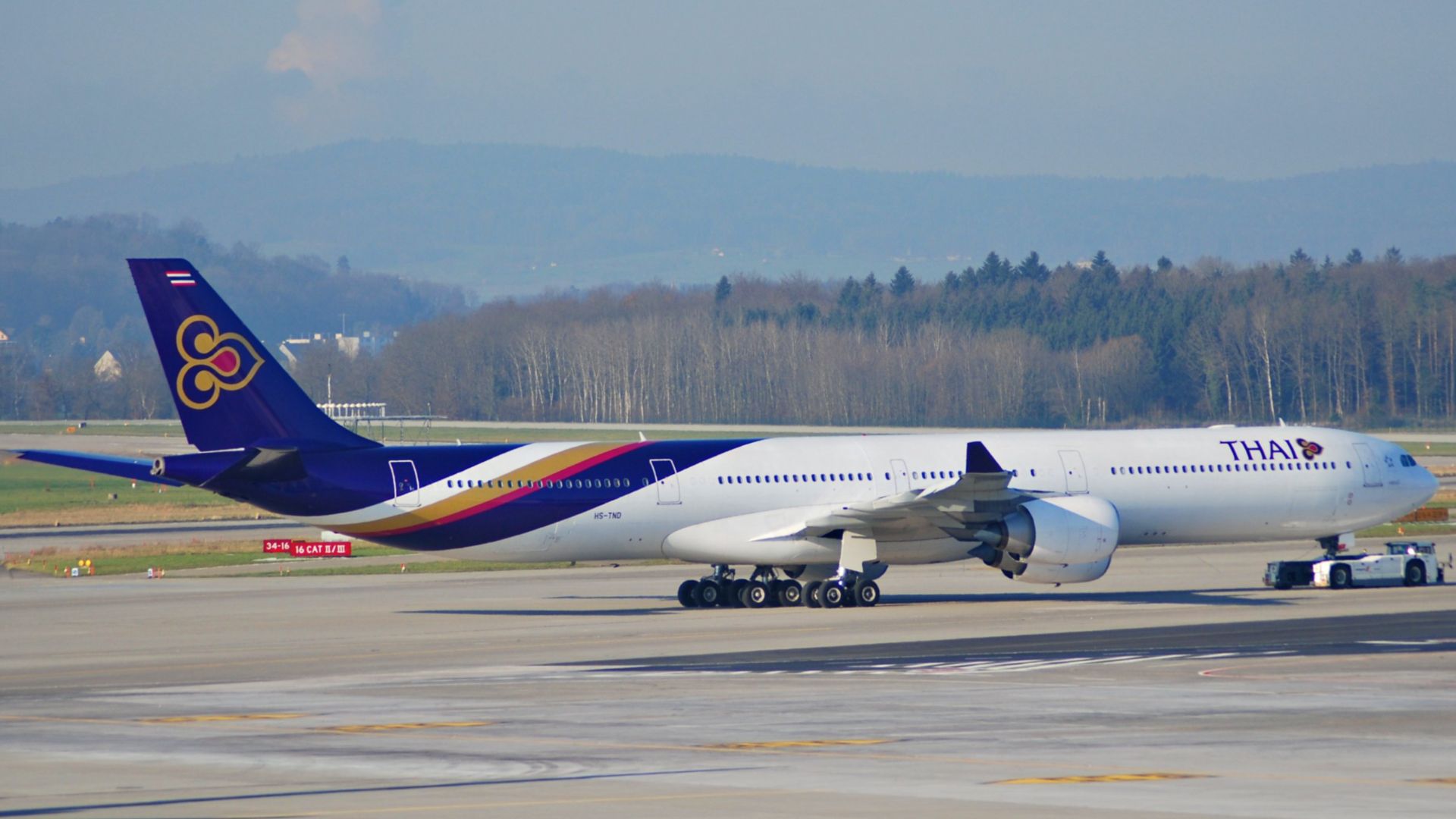 Aero Icarus from Zürich, Switzerland on Wikimedia
Aero Icarus from Zürich, Switzerland on Wikimedia
8. Airbus A330-300
By the 1990s, Airbus launched the A330-300, which soon became central to global airline operations. The plane’s versatility across medium and long-haul routes made it one of Airbus’s enduring bestsellers. It can hold up to 440 travelers, depending on layout.
9. Boeing 767-400ER
The 767-400ER remains the largest aircraft in the 767 family, stretching its range while seating about 375 passengers. Both Delta and United adopted it for transatlantic and long U.S. routes. Though overshadowed by newer models, it continues to provide steady service.
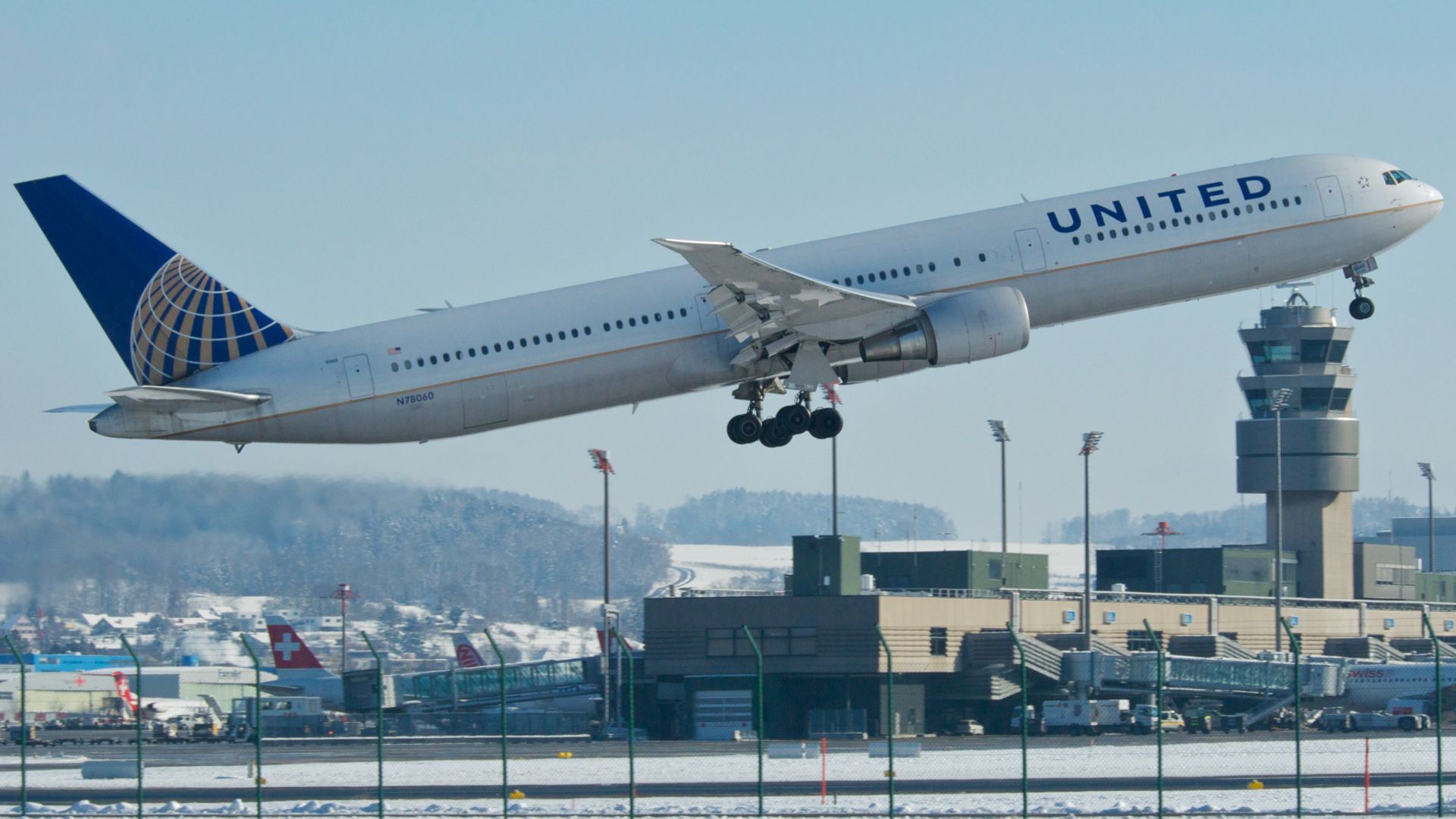 Aero Icarus from Zürich, Switzerland on Wikimedia
Aero Icarus from Zürich, Switzerland on Wikimedia
10. Boeing 777-300ER
Capable of carrying about 400 passengers, the Boeing 777-300ER is a leader in the long-haul market. Airlines choose it for both its dependable performance and fuel efficiency. These qualities established it as the most widely operated widebody of its class.


